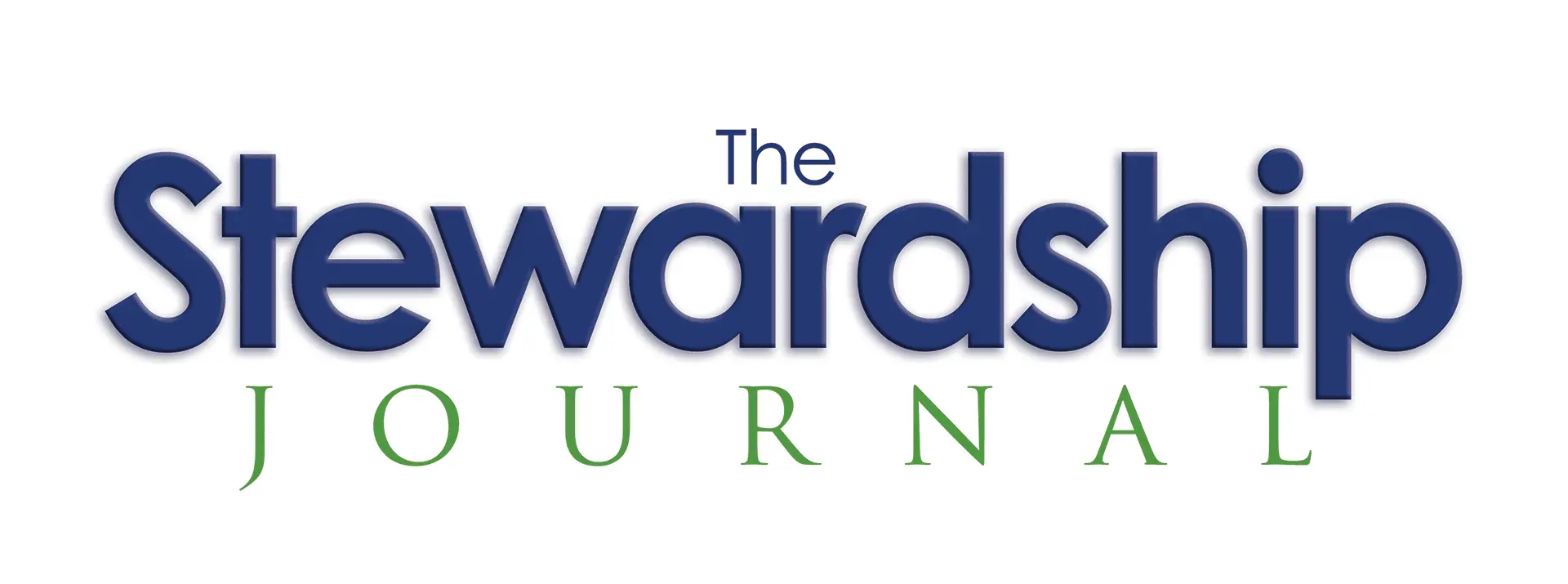How to Have End-of-Year Success

The last six weeks of this year and the first six weeks of the New Year will largely determine how your financial year goes. That is how important having a seasonal strategy is. To help you prepare, this Coach is entitled How to Have End-of-Year Success. I will show you in this issue some key building blocks you need for an effective year-end strategy. As we move into December, I will lay out the strategy you need for the first six weeks of the New Year. Let’s focus on your end-of-year strategy to prepare you for a great start to 2025.
End-of-year planning is not just important; it’s essential for every church. If any of these reasons resonate with you, then this is a must-read!
- Closing the year out strong builds momentum for the New Year. As much as 30% of non-profit giving comes in the last six weeks of the year. Let’s finish your calendar year strong, setting up a good start to the New Year.
- It builds confidence in your key donor base. Donor confidence is one of the most important building blocks for a church’s maintenance and increase in giving. People will not give to what they lack trust and faith in.
- It allows you to vision cast giving. A well-thought-out and delivered plan gives you an opportunity to remind members of why you exist and how they can be a part of something bigger than anything: building the Kingdom.
- It is a great tool for gaining new donors. To get people started on the generosity journey, you must get that first gift. End-of-year giving strategies are one of the best ways to gain new donors. I’ll show you how!
- It is a great tool for increasing consistency of giving. One thing I recommend is always reminding donors how easy it is to set up their giving to be automated and automatic. This helps make your January and July manageable.
The above fits every church in America. My goal for end-of-year giving is to fulfill all of the above. How do you do this?
Make your appeal appealing! From your platform announcements to your screenshots to text and email messages, if the appeal, aka vision of your “ask,” isn’t clear, concise, and, most of all, compelling, you will not get their attention.
Start with a bang! I write like a preacher because I am one! So, like the introduction of a sermon, I know we need to grab our audience’s attention fast, or we will lose them. For instance, take emails. Your subject line and the first sentence will determine if they open and read further or move on. Grab their attention. Here are three real examples I have used.
Subject line: Babies Still at Risk in Typhoon Recovery
“Babies Still at Risk in Typhoon Recovery” was the headline that got my attention Saturday morning. As I read this article, I couldn’t help but think, what could our church family do to help?
Subject line: “I cannot let that woman die….”
“I cannot let that woman die.”…These were the recent words of Zambian medical missionary, Sal Marini, to his wife after receiving a call at 3:00am from a woman who had just given birth to a baby but was unable to deliver the afterbirth.”
Subject line: What does 83% mean for the destiny of children?
83%. According to a study by the International Bible Society, that is the percentage of all Christians that make their commitment to Jesus between the ages of 4 and 14. Every week here, we impact hundreds of children between those ages.
Solve a crisis. Years ago, a non-profit consultant wrote about the three-pronged approach to any appeal. It starts with a crisis—mothers dying in childbirth—followed by the need for a safe place for mothers. Finally, it concludes with the appeal that your gift can help mothers in Africa. Craft your appeal so that the opening lines grab the listener or reader’s attention, causing them to want to find out more. Then, make sure the opening sentence keeps their attention. Whether in a snail mail appeal or a text message, by following this formula, you will increase the likelihood of donors responding to your appeal.
Get in and get out! I try to use short, simple paragraphs. Again, tell them what crisis you want to address. Tell them about the need this crisis has created. Tell them how their gift can help meet this need and thus solve the crisis. Make the “ask.” Tell them how they can give, then thank them for their consideration. Short and sweet assures that your appeal will get read or listened to from the platform.
Take the time to do it right! If you have a staff, involve them in the process. Get the input from your spouse or a few others that you trust their judgment.
Why spend the time on this? A few years ago, a pastor, almost on a lark, decided to implement my strategy in a December 31st email. He raised almost his weekly offering in less than 24 hours! After that, he signed a contract with me to be his Stewardship Coach. You can experience similar results, but you must do it right.
I’m designing the Stewardship Journal to be your go-to source of stewardship information and planning. This issue is a great example of my desire to give pastors and church leaders all the resources they need for every season in the church’s life. I have reprinted a post I wrote for OnlineGiving.org entitled Begin With the Right Building Blocks. We moved my Bonus Section to the end, and it gives you my 2024 #GivingTuesday Playbook for free. As a result, this edition of the Journal will be longer than usual. When it comes to helping you be fully funded, I’m your guy!
Let’s get to work!

Mark Brooks – The Stewardship Coach
mark@acts17generosity.com

OnlineGiving.org, the leading online giving processor in America, sponsors my writing. You can find out more about their services at https://www.onlinegiving.org/.

